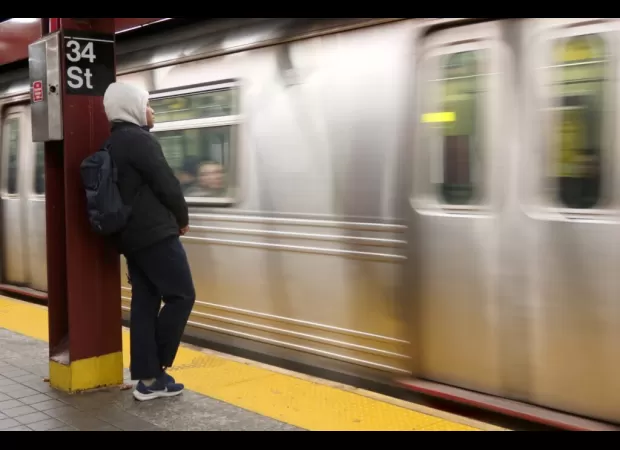New research shows that air pollution in New York City's subways disproportionately affects the health of Black individuals.
Train passengers are forced to inhale polluted air as the trains contain harmful particles.

Train passengers are forced to inhale polluted air as the trains contain harmful particles.


